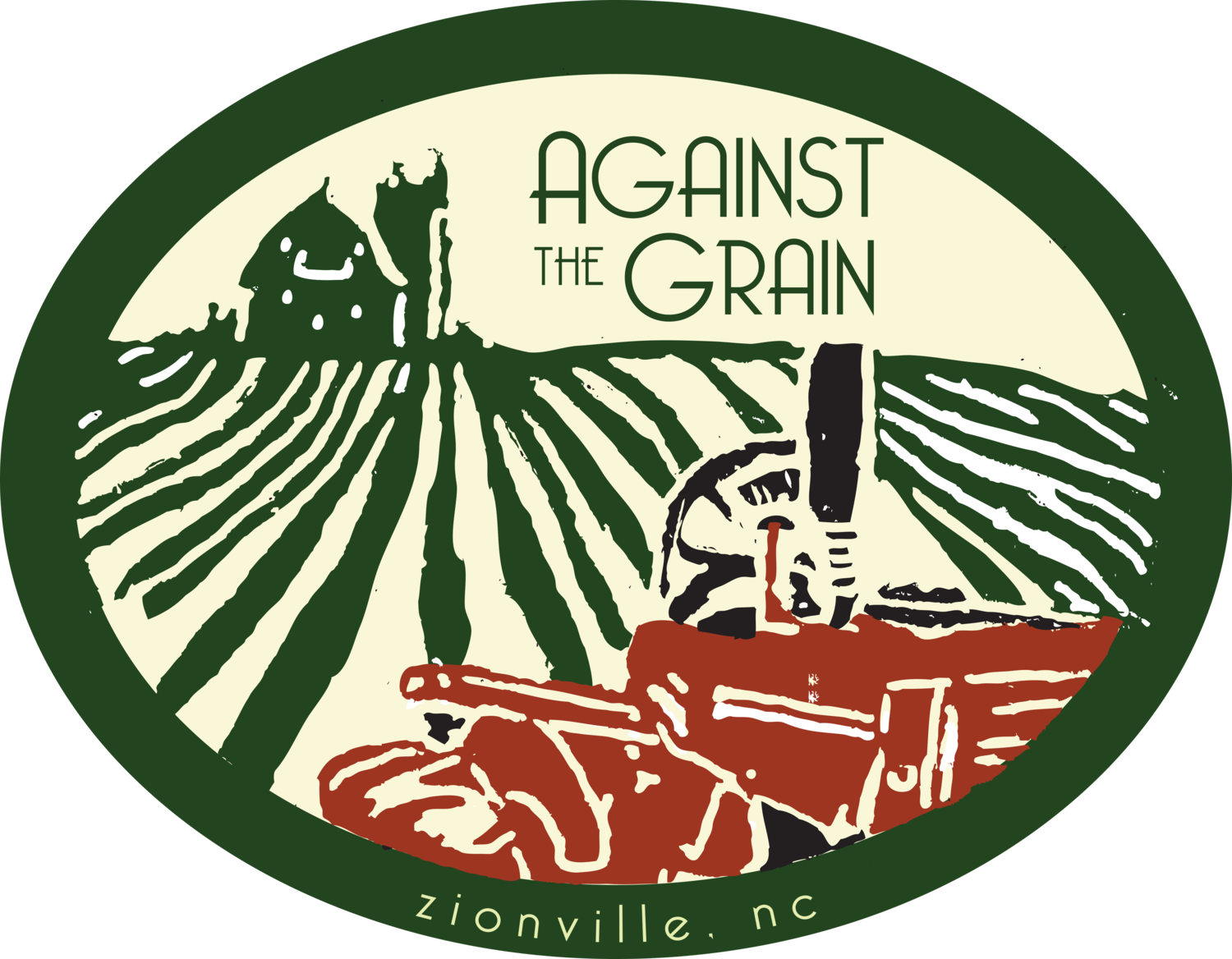Nothing describes the middle of autumn on the farm like the red tails do. The hawks’ screeches have echoed in the little valley which envelopes ATG over the past couple weeks--amplifying tremendously the rainy, frosty mornings. The call stops one suddenly from harvesting vegetables to look at the sky: And there we’ve found groups of the hawks circling the farm—a spectacle, since this is near the only time you find hawks in groups—announcing their presence with shrill cries.
These hawks are likely migratory ones: those which nest in Canada and the northern U.S. and find winter homes farther south. That we’ve had so many visitors seems like a good sign: hawks often congregate in areas where there is a lot of ecological vitality and diversity. Their presence is a testament to the care and intention we put into this land. While circling above the farm, they may be deciding whether to hole up here for the winter, or keep flying south. We would surely appreciate the help catching rodents; we just need to count the chickens.
Their migration can also be a symbol for the transition of the farm laborers: some are solidifying travel plans for the winter, some are holing up here for the cold season. It must be the same feeling as the hawks; the heart clings to this place as a home, but also carries one forward to new places with new people—hopefully where it’s a little less cold. I feel a certain amount of curiosity and anxiety about finding next steps, perhaps what a hawk may feel as they try to find a winter homestead. Just as the red tails always look so sure of themselves, so confident in their flight and stance, all the workers reassure each other how excited we are for the winter, even if we’re unsure about what it will look like or where we will be.
But without looking toward the future, the hawks also remind one how magnificent this very moment is: the ground is perpetually muddy now, and there’s always the worry of what a deep frost may do to the crops, but there is also time to rejoice in the work we’ve done this season and show off our colors with the trees. There are less leaves now—from strong, sporadic wind gusts—but that’s okay; it’s easier to see the red tails perched on the old oak tree.
